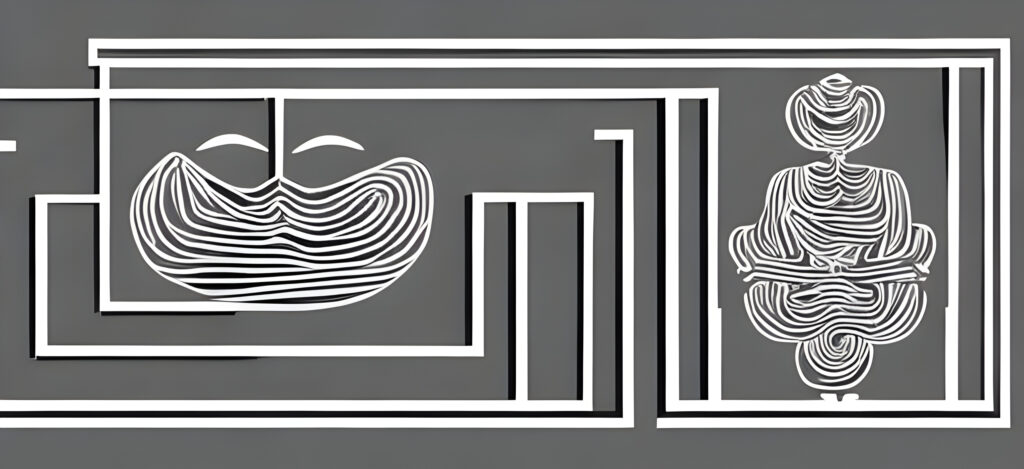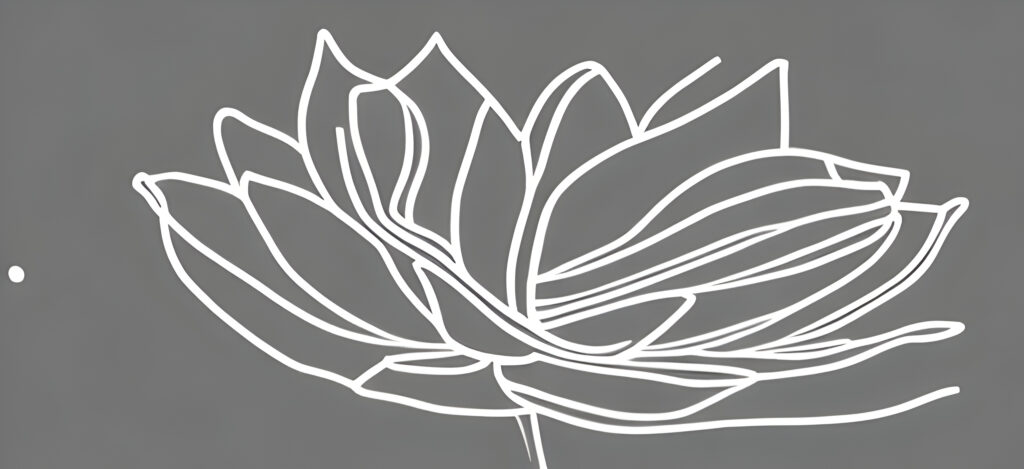Ever feel like you’re not quite yourself? Like you can’t express yourself freely and naturally? Biodynamic breathwork is a holistic system to help people be more fully in touch with themselves and activate the healing powers of their own body through breathing and balancing the nervous system. A key element is the trauma release system (which is why it’s called biodyanmic breathwork trauma release system, or in short BBTRS). BBTRS is influenced by the trauma integration work of Peter Levine, Dan Siegel, and Wilhelm Reich.
What is biodynamic breathwork?
Biodynamic breathwork is a holistic therapy modality founded by Giten Tonkov that uses breathwork, movement, sound, bodywork, emotional release techniques, and meditation to help individuals achieve deep states of relaxation and awareness. The goal of biodynamic breathwork is to help people access and release stored physical, emotional, and psychological tension, leading to a greater sense of well-being and vitality. The practice is based on the belief that the breath is a powerful tool for accessing and transforming deep-seated tension, and that by working with the breath, individuals can learn to release this tension and improve their overall health and well-being.
One of the major benefits from deep connected breathing is that it can help you to release and heal trauma held in your nervous system. In deep connected breathing, we are taught how to breathe/bodywork for recovering the issues which cause our discomfort and anything on a similar level within us. One of such practices is deep connected breathing or biodynamic breathwork where I guide you toward releasing old trauma trapped inside your system and separating it from mental and physical constraints.

One of the goals of biodynamic breathwork is to work through the seven belts of tension, a concept described by American psychologist Wilhelm Reich:
- Ocular
- Oral
- Thoracic
- Diaphragm
- Abdominal
- Cervical
- Pelvic
Each of these corresponds with one of the chakras (energy centers) described in ancient Indian medicine. By working through core tension through a series of sessions people can experience personal growth and learn to better cope with a traumatic event in their past.
Biodynamic breathwork offers a multi-level wellness treatment for healing blockages, deep trauma and blocked energetic flows at the cellular level.
How to do biodynamic breathwork?
Biodynamic breathwork sessions can follow different procedures, but in general this is a common basic structure:
- Find a comfortable, quiet place to sit or lie down where you will not be disturbed.
- Take a few deep breaths to help yourself relax and settle into the present moment.
- Begin to breathe deeply and rhythmically, allowing your breath to flow freely in and out of your body.
- As you continue to breathe deeply, allow your body to move and respond to the breath, letting go of any tension or resistance.
- Pay attention to any sensations, emotions, or thoughts that arise as you breathe, and allow yourself to fully experience them without judgment.
- Continue to breathe deeply and rhythmically, focusing on the breath and the sensations in your body.
- When you feel ready, slowly come back to a more normal breathing pattern and take a few moments to integrate the experience.
Conscious movement and body awareness play a central element in BBTRS.
You can start with this exercise to experience what it’s like doing BBTRS:
Facilitators use pendulation and titration to ensure that clients do their inner work within the realm of what they can handle and don’t get overwhelmed.
It’s important to note that biodynamic breathwork should be practiced under the guidance of a trained professional. This will help ensure that you are practicing the technique safely and effectively, and that you are able to get the most out of the experience.

What are the benefits of biodynamic breathwork?
The benefits of biodynamic breathwork can include improved physical, emotional, and psychological well-being. Some specific benefits that people may experience from this practice include reduced stress and anxiety, increased relaxation and calmness, improved sleep, increased energy and vitality, and enhanced clarity and focus. Additionally, biodynamic breathwork may help individuals to access and release stored tension, leading to a greater sense of overall well-being. Finally, this practice may help individuals to develop a greater sense of self-awareness and connection to their bodies, minds, and emotions, and let go of emotional pain.
Biodynamic breathwork can be used to release chronic tension, self-restricting patterns, and emotional trauma — clearing the way for feelings of joy, self-love, and deep relaxation, and strengthening the body’s natural process for healing.
Through somatic experiencing you can address and resolve the underlying, unresolved issues of past traumatic experiences and reach higher levels of conscious emotional expression.
In conclusion, the benefits of biodynamic breathwork are many and varied. Many proponents of biodynamic breathwork report a greater sense of aliveness and improved physical health. It is important to consult with a professional before fully committing this practice. But if you’re just curious and want to get a sense for what it’s like, I suggest you do the BBTRS exercise shared above on this page in the video with BBTRS founder Giten Tonkov.
